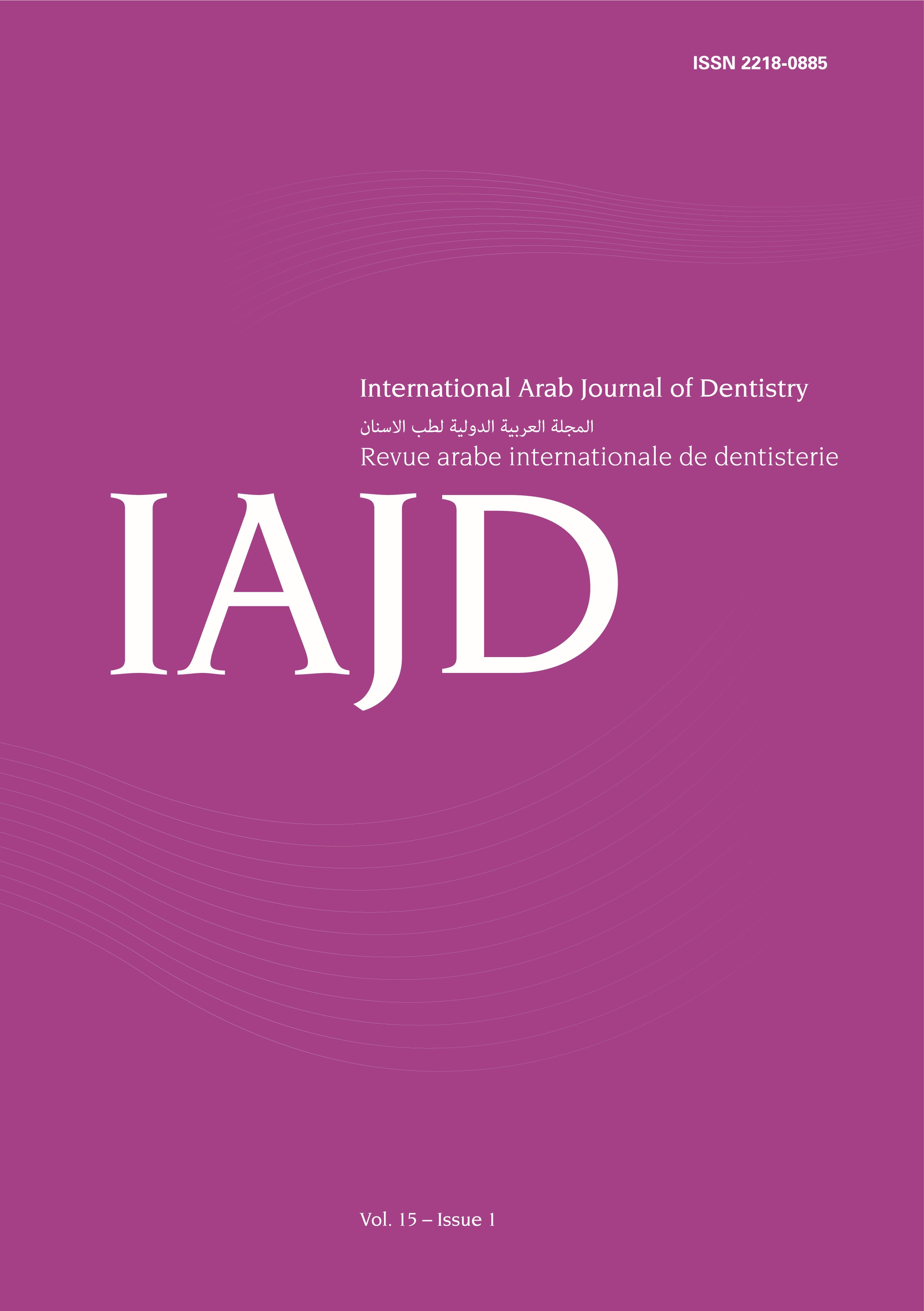Abstract
Orofacial clefts are one of the most frequent congenital oral and maxillofacial abnormalities. When these babies are roughly three months old, lip rebuilding, also known as cheiloplasty, is a critical concern. In several cleft facilities, To improve the treatment success, presurgical Nasoalveolar Molding (NAM) has been included in the therapy protocol. In patients with cleft lip and palate, this technique is routinely used to bring the alveolar segments into normal alignment and improve nasal symmetry. In this article, the benefits of using this method as part of a treatment plan for infants with cleft lip and palate will be described. By gradually shifting the bone segments into a better suitable position, presurgical NAM can assist to lower the prevalence of the initial cleft deformity, reducing the extent of surgical correction essential to unite the lip parts and making nose surgery more straightforward. By use of presurgery ‘NAM’, surgical repairement of nose and lip is performed first with less effort which reduces formation of scar as well as improves cosmestic outcome. This method also helps to get the desire cosmetic outcome by removing the need of repeated surgical procedures.

